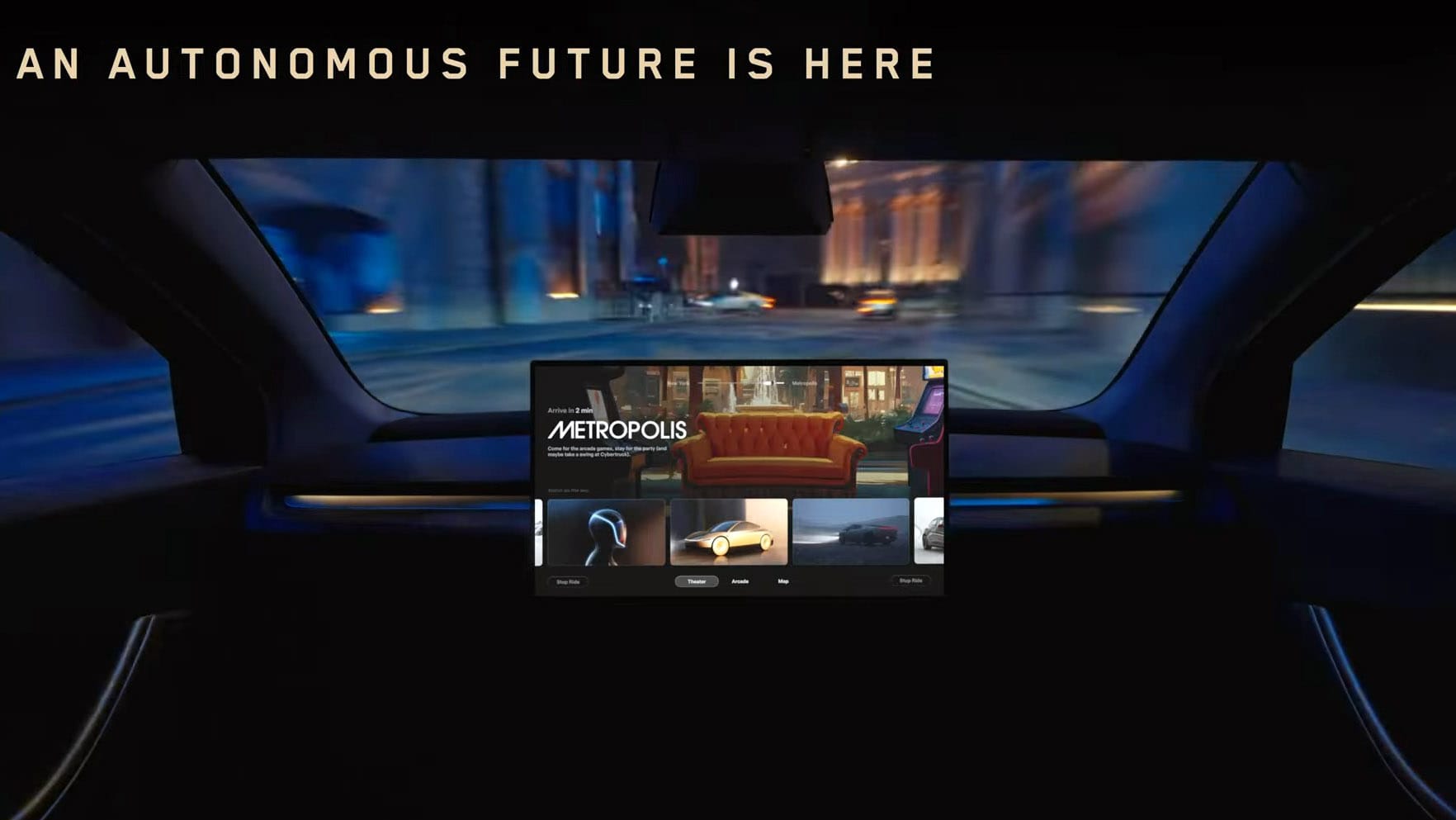Tesla might soon submit the required paperwork to get regulatory approval for its Full Self-Driving (FSD) feature to be used without any driver oversight, meaning no warnings or restrictions for the driver.
Future Plans for Tesla Vehicles
Elon Musk believes that by next year, Tesla will get the go-ahead for unsupervised FSD, effectively transforming the Model 3 and Model Y into a type of robotaxi, along with the Cybertruck and its other models.
Challenges with the Robotaxi
The newly announced Robotaxi by Tesla won’t be able to operate by itself right away. This is because it won’t begin mass production until 2026 at the earliest. Additionally, it will be tougher for regulators to approve its use as a self-driving vehicle since it lacks a steering wheel or pedals.
Musk pointed out that one of the hurdles to gaining regulatory approval for unsupervised FSD is the boredom of test drivers. To get the necessary permits, Tesla needs to clearly show regulators that it has collected a significant amount of miles driven without any interventions or accidents.
Statistics and Driver Experience
He emphasized that the system is improving so much that gathering those statistics is becoming a challenge. Tesla aims to have more vehicles equipped with FSD on the roads, and is currently providing APR financing deals to help meet that goal.
When it gets to thousands of miles without needing an intervention, the requirement is 10,000 miles for just one intervention. The average driver typically covers about 10,000 miles in a year. In cities, the average speed is around 20 mph. Our professional test drivers often feel bored, honestly. They might say, "I drove all week and there was no intervention." The highlight for them is when they finally get an intervention!
Geographic Limitations
Elon did mention that unsupervised FSD will initially be limited to geofenced areas in Texas and California. This means regulators may only allow its use in specific regions and routes, resembling how Waymo’s self-driving cars function.
He also noted that Tesla is prepared to expand unsupervised FSD to any US area that grants approval, as well as internationally. However, Europe and China are expected to approve the current supervised FSD next year, and the unsupervised version may take longer.
Regulatory Hurdles Ahead
Currently, FSD is classified as a Level 2 driver-assist system, so moving to Level 4 or 5 next year could be quite ambitious unless Tesla agrees to adhere to many of the regulatory constraints that other autonomous public transit systems already follow. In summary, if unsupervised FSD does roll out in 2025, it will likely have a limited scope.


Leave a Reply